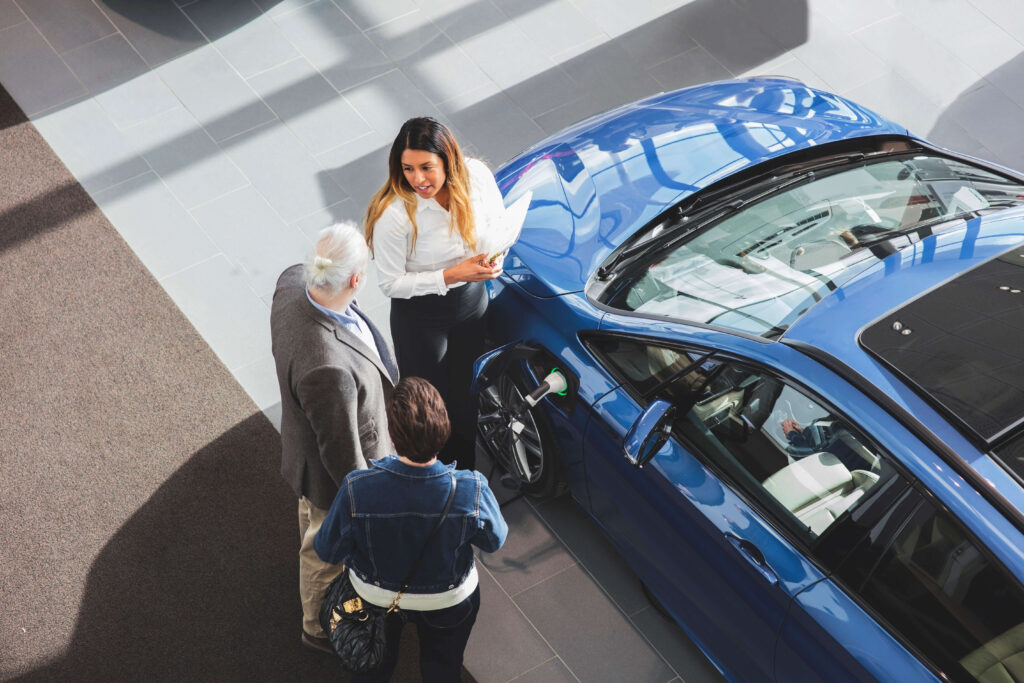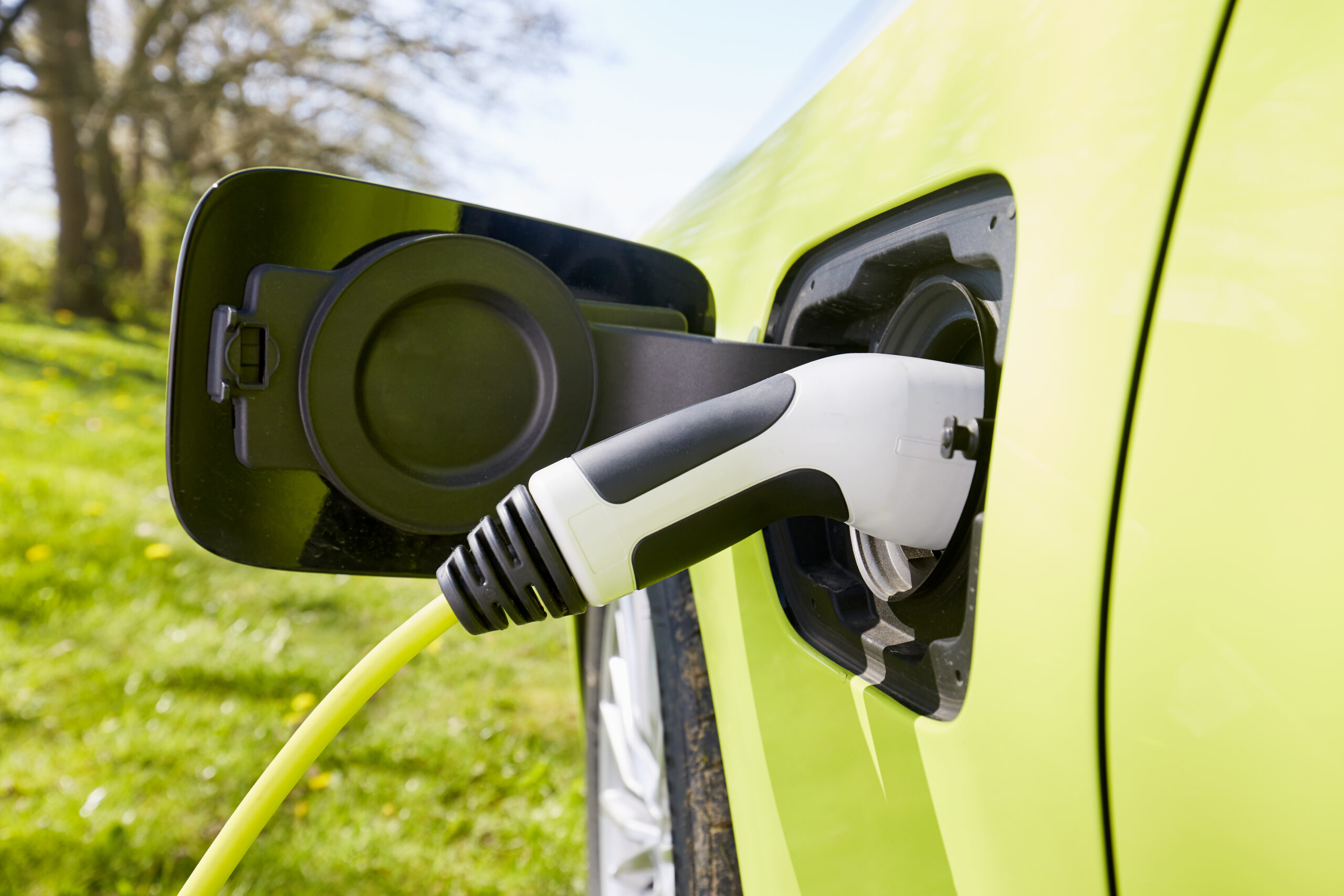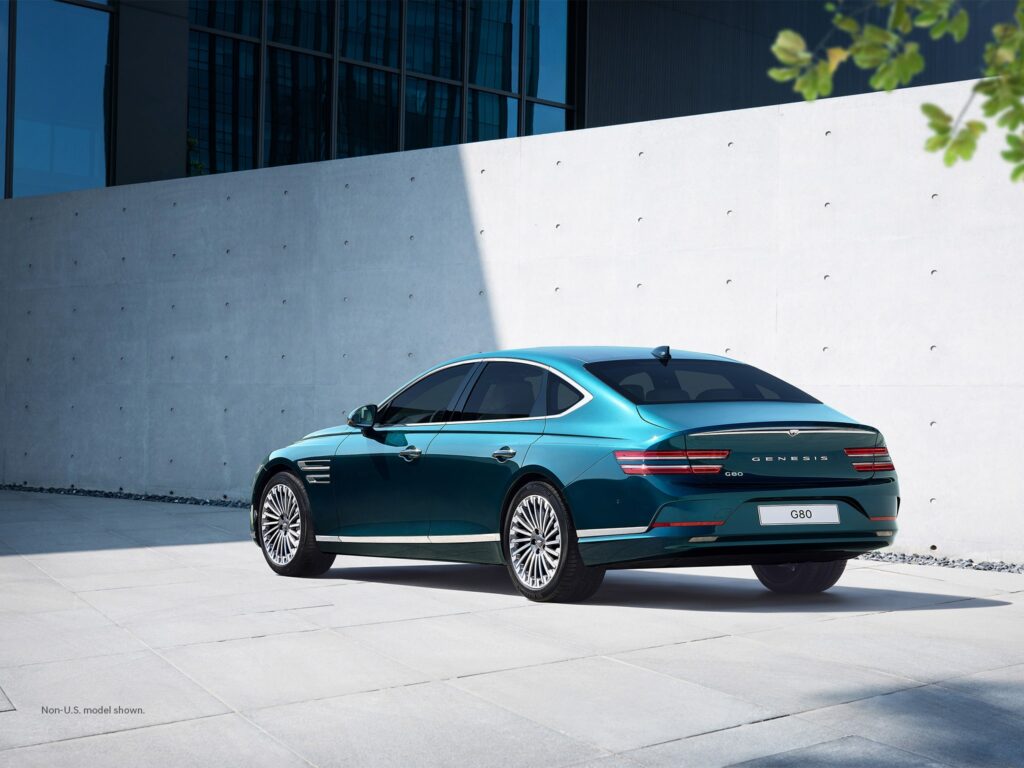
Charging is a big adjustment for new electric vehicle owners. It’s a major shift in thinking to go from pulling into one of the readily available gas stations on your daily route to planning out exactly where to stop and charge. Of course, you can install an EV charger at home, but that requires an up-front investment. The good news is that charging technology is constantly evolving, and one day, you may not need to stop and charge at all.
Here’s a look at some self-charging EV concepts that might be available in the future.
Do EVs Self-Charge Today?
You might be surprised to learn that electric vehicles already self-charge. The problem is that they don’t gain enough of a charge without plugging in at some point. The technologies currently available provide a little boost of power, but not enough to do the full job. How much self-charging they provide depends on numerous factors, including the type of driving you do and even the weather.
Regenerative Braking
One way EVs self-charge is through something called regenerative braking. This converts kinetic energy into electricity every time you slow down. It’s not as helpful on highways where your speed is relatively consistent, but in city driving or going down a hill with lots of braking, you may see your range increase thanks to regenerative braking. Although this helps extend your range, it doesn’t recoup enough energy to fully recharge an EV, so it can’t replace plugging in for power.
Solar Power
Imagine driving along and keeping your EV charged with nothing but the power of the sun. Sounds great, but much like regenerative braking, it isn’t a replacement for plugging in your car just yet. There are some vehicles that have solar panels built into their roofs already, but on a small scale. These roofs provide a minimal charge to help extend range but can’t entirely replace traditional charging. Solar is a challenge not just because the sun doesn’t always shine, but also because charging a car fully with solar energy would require more solar panels than a car could realistically manage.
Wireless Charging
While not technically self-charging, wireless charging is direction automakers may take to eliminate the need to stop and charge. This would allow vehicles to charge while they drive by having charging equipment embedded into the road and installed on the bottom of the vehicle. It’s conceivable that this could eliminate the need to stop and charge, effectively letting the vehicle charge as you drive. It would require a major infrastructure investment along with new ways of building EVs, so it’s not likely something you’ll see anytime soon.
Battery and charging technology are rapidly changing as automakers work to make EVs more efficient, more affordable and easier to manage. Although there’s nothing today that can fully self-charge, regenerative braking, solar power and wireless charging could someday be part of the solution for easier EV charging.
AAA’s Recommendation: Whether you own an electric vehicle or a gas-powered car is up to you – and you should consider lots of factors in making that choice. No matter what type of vehicle you’re choosing, we recommend visiting a dealership, test driving one, and asking as many questions as possible to make an informed decision.


















